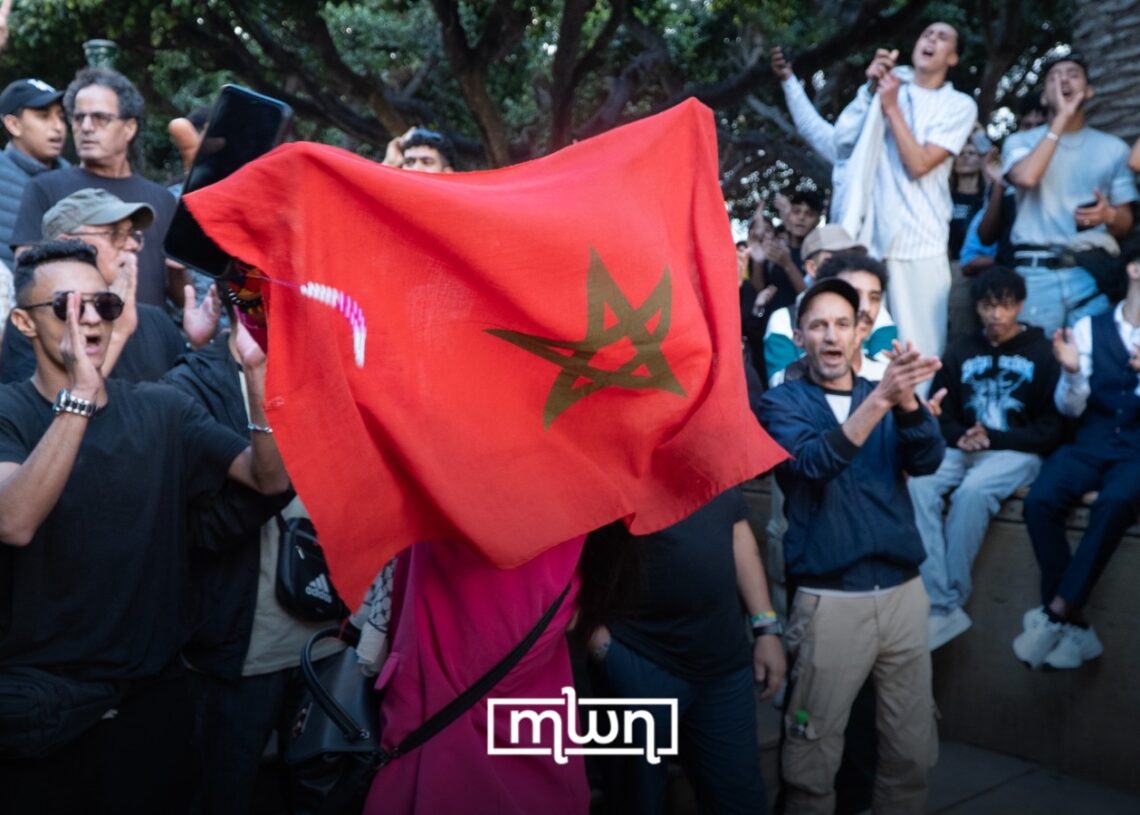Rabat – The Moroccan youth movement GenZ212 announced on Tuesday a temporary suspension of nationwide demonstrations until Thursday, recognizing the recalibration of efforts and strengthened coordination ahead of a critical…
Afghanistan will look to bounce back in the three-match One-Day International series against Bangladesh, starting on Wednesday at the Zayed Cricket Stadium in Abu Dhabi, after being blanked 0-3 by the Tigers in the T20I leg.
The Afghans have…








